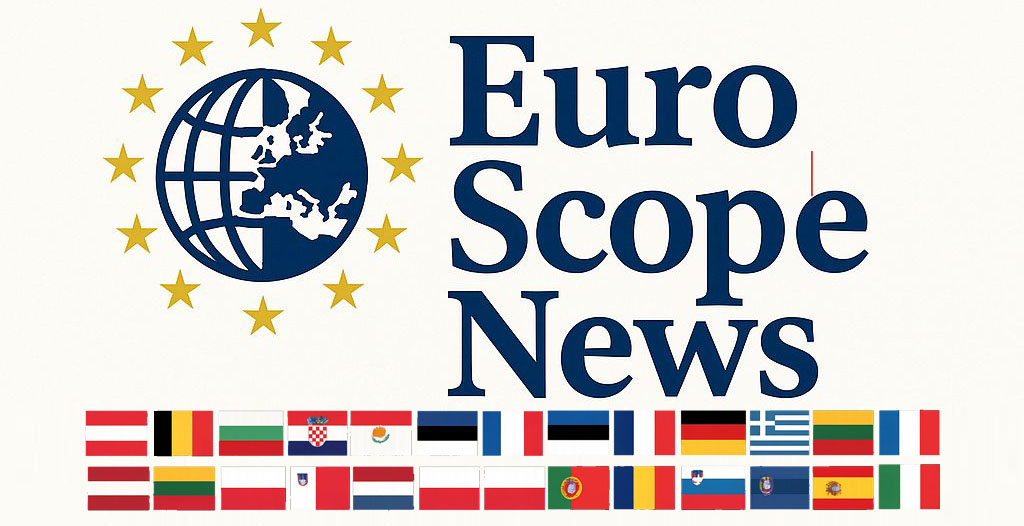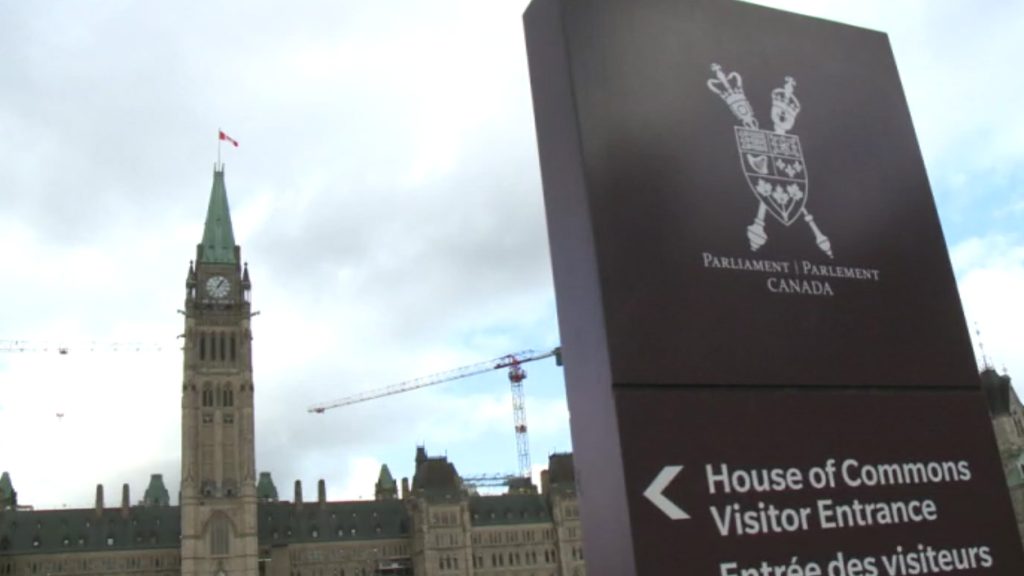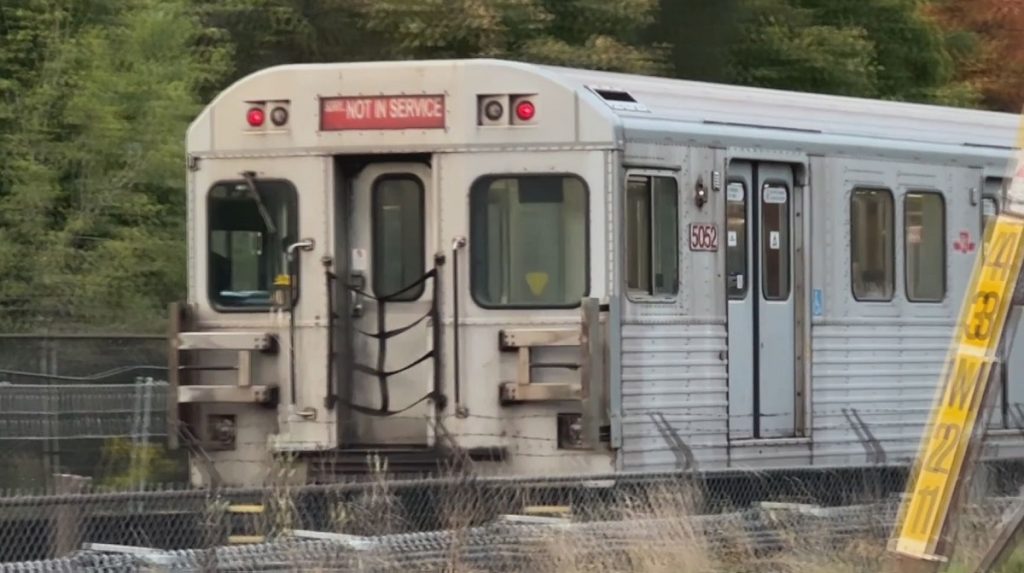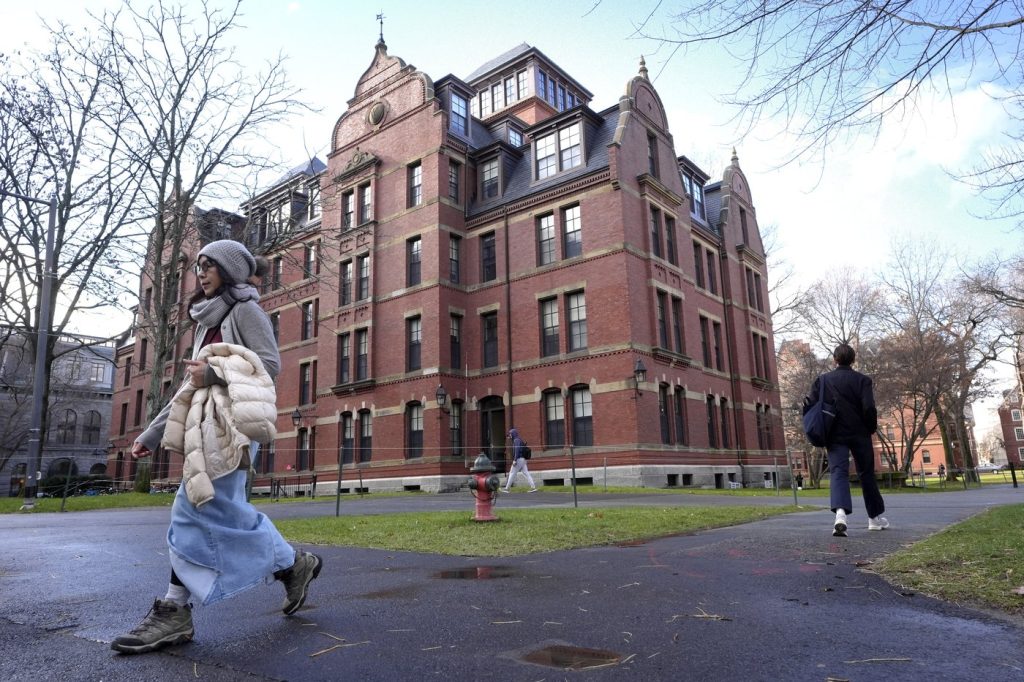OTTAWA — The Canadian government has announced its intention to synchronize flight security regulations with those of the United States, following the recent decision by Washington to eliminate the requirement for passengers to remove their shoes during airport security screenings. This change was announced by U.S. Homeland Security Secretary Kristi Noem, who stated that U.S. officials have identified alternative methods to ensure passenger safety without the need for shoe removal.
Currently, Canada does not mandate that passengers flying domestically or to non-U.S. destinations take off their shoes during security screenings. The exception applies only when a security officer deems it necessary. However, for those traveling to the U.S. through the pre-clearance sections in Canadian airports, the shoe removal requirement has been in place.
The U.S. Transportation Security Administration (TSA) initially implemented the rule for passengers to remove their shoes approximately five years after the infamous incident involving Richard Reid, known as the "shoe bomber." Reid attempted to detonate explosives concealed in his shoes on a flight from Paris to Miami in 2001. This incident prompted heightened security measures worldwide, including the establishment of the shoe removal rule in American airports.
In light of recent developments, Transport Canada issued a statement expressing its commitment to collaborating with the TSA to ensure that security requirements between the two countries are aligned. The move to harmonize these regulations is seen as beneficial for both Canadian and U.S. travelers, simplifying the security process at airports while maintaining high safety standards.
As the landscape of air travel security continues to evolve, the removal of the shoe requirement is viewed as a step towards enhancing the travel experience. This adjustment allows travelers to undergo security checks with greater convenience, reducing delays and enhancing the efficiency of the boarding process.
Furthermore, experts in aviation security have suggested that the elimination of unnecessary security protocols can lead to a more positive passenger experience. While safety remains the top priority, modernizing and streamlining security procedures can help alleviate some of the stress associated with air travel.
As Canada moves forward with its plans to align its regulations with those of the U.S., it underscores the importance of international cooperation in matters of aviation security. The harmonization of security measures not only facilitates smoother travel for passengers but also strengthens the collaborative approach to maintaining safety in the skies.
In conclusion, the decision to remove the shoe removal requirement by U.S. authorities may usher in changes to Canadian airport security policies. Transport Canada's willingness to collaborate with the TSA highlights a shared commitment to ensuring passenger safety while also enhancing the travel experience. As updates to security protocols are implemented, both Canadian and U.S. travelers will likely benefit from the increased efficiency and convenience in airport security procedures.












